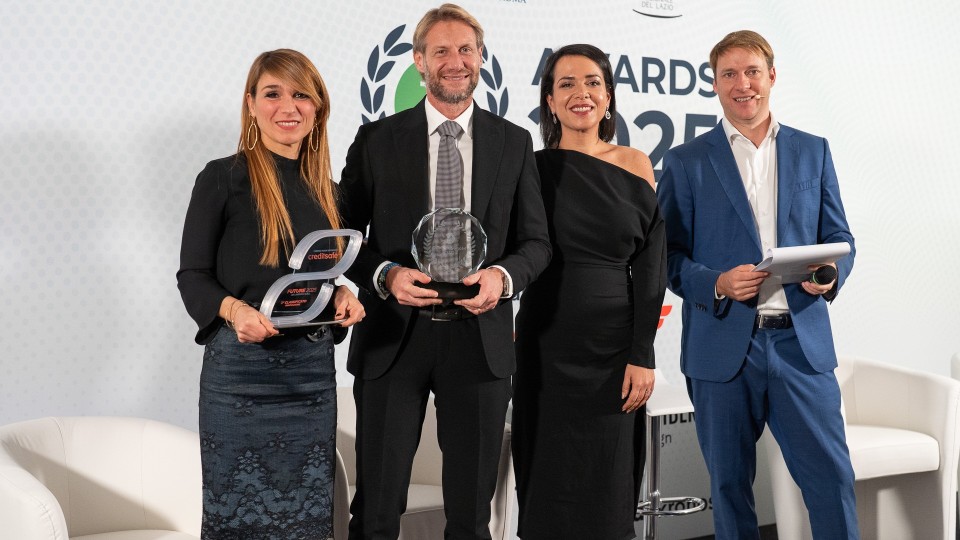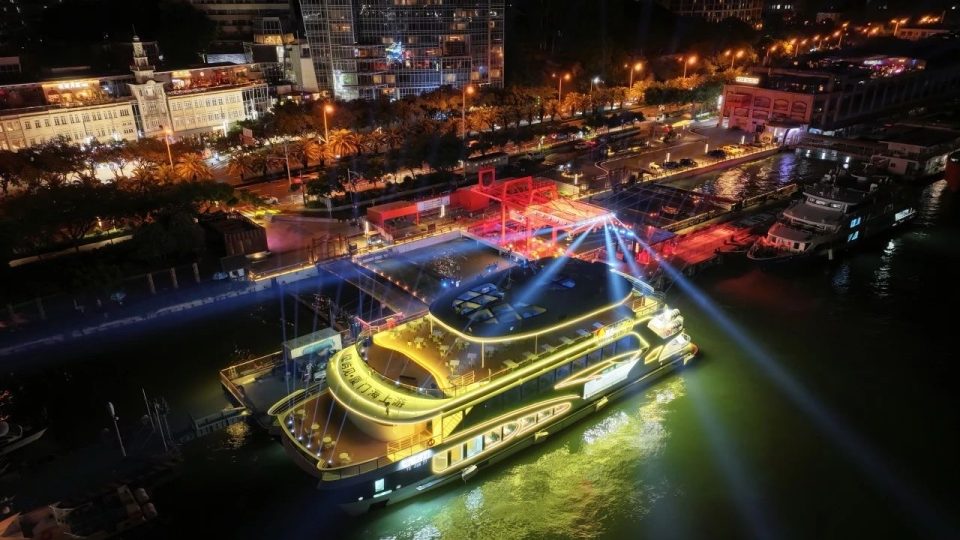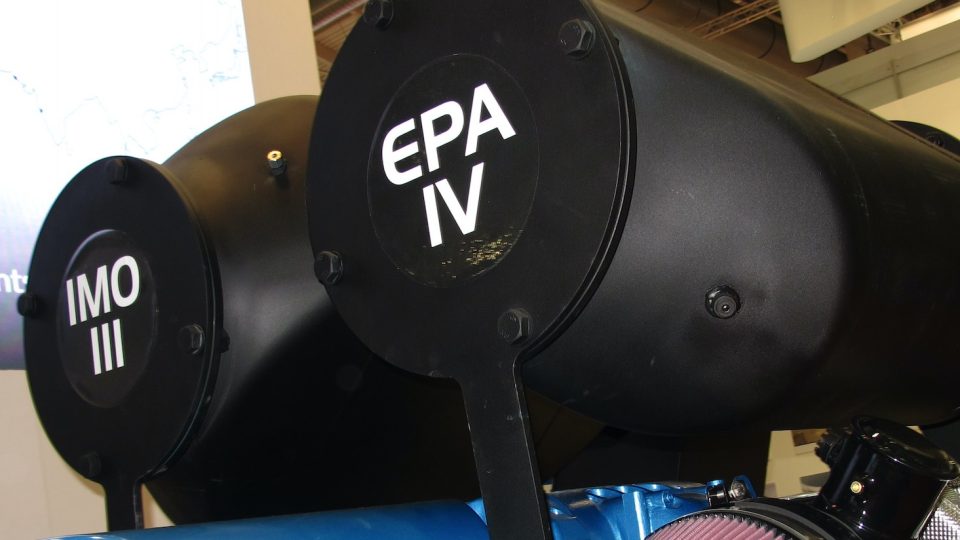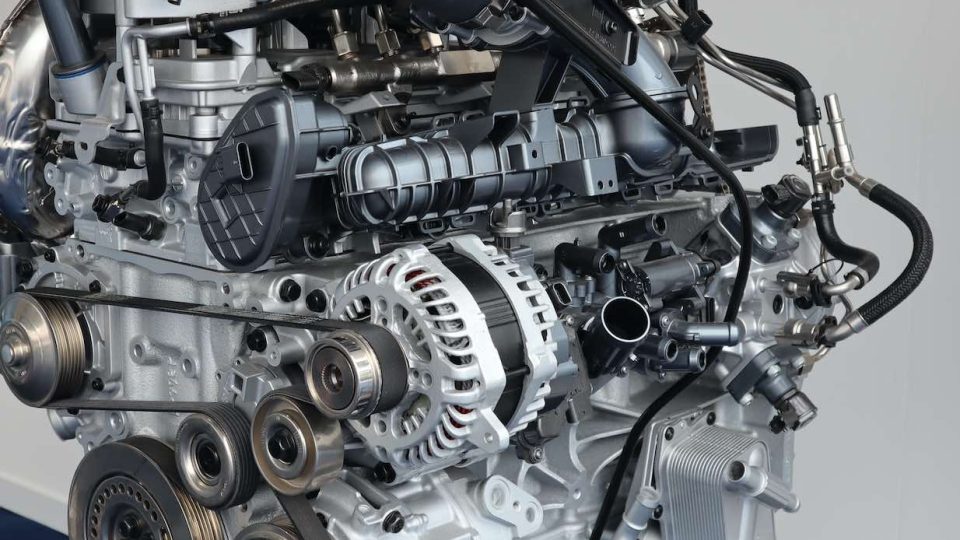Wärtsilä NextDF technology to cut methane emissions
Wärtsilä expands methane slip reduction capabilities by introducing NextDF technology for third engine
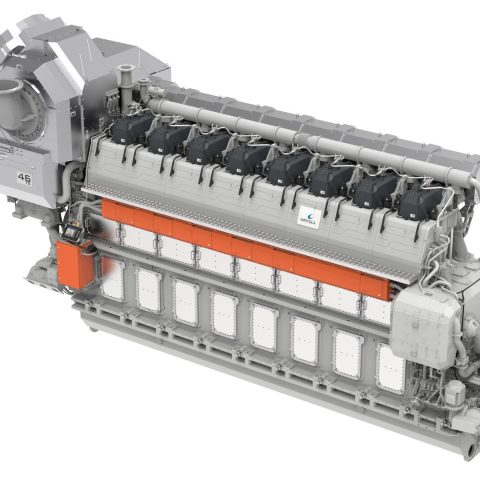
Wärtsilä has introduced its NextDF technology for a third engine, the Wärtsilä 46TS-DF dual-fuel engine. While operating on liquefied natural gas, the 46TS-DF engine with NextDF feature reduces methane emissions to less than 1.4% of fuel use across all load points, achieving as low as 1.1% in a wide load range. This is nearly three times lower than the default methane slip factor of 3.1%, specified in the FuelEU Maritime and IMO Lifecycle Guidelines for Otto-cycle four-stroke dual-fuel engines.
A way to improve the deployment of LNG: Wärtsilä NextDF
LNG is an important transition fuel as the marine industry strives to reduce its carbon footprint. As we know, it’s very popular and available across the shipping industry. However, the main component of LNG is methane and when burned as a fuel, a small amount may not combust properly, leading to methane escaping into the atmosphere.
“NextDF technology reduces the environmental impact of vessels that use LNG as fuel, without compromising on performance or operational stability. Importantly, this makes it easier for ship owners to comply with increasingly stringent decarbonisation targets and legislation,” comments Stefan Nysjö, Vice President of Power Supply, Wärtsilä Marine.
About 46TS-DF
Launched in 2022, the Wärtsilä 46TS-DF engine has a two-stage turbocharging to deliver high levels of efficiency and power density across a wide operational range for vessels in all segments of the industry. This level of efficiency reduces fuel consumption and lowers emissions, while being easily retrofittable for sustainable fuels as they become widely available. According to the Finnish company applying the NextDF feature, the engine will have the lowest methane emissions and GHG emissions in the 1MW+/cylinder power range.
The Wärtsilä 46TS-DF with NextDF feature was developed as part of the EU co-funded GREEN RAY project. The initial installation of the Wärtsilä 46TS-DF engine with NextDF feature will be onboard the cruise ship, MSC World Asia, being built by Chantiers de l’Atlantique (CdA) in Saint-Nazaire, France for the Geneva-based cruise operator MSC Cruises.
Nysjö continues: “Owners and operators increasingly need engines with higher efficiency, lower emissions, increased fuel flexibility and lower operating costs. The Wärtsilä 46TS-DF engine already meets these needs, representing a flexible, future-proof solution that can be upgraded in response to sustainable fuel availability. By making our NextDF technology available for the Wärtsilä 46TS-DF engine we enable operators to go even further in lowering GHG emissions and harmful local pollutants.”
The Wärtsilä 46TS-DF engine is the third Wärtsilä dual-fuel engine to be made available with NextDF technology. In 2023 and 2024, Wärtsilä introduced the new technology for its Wärtsilä 31DF and Wärtsilä 25DF engines.

